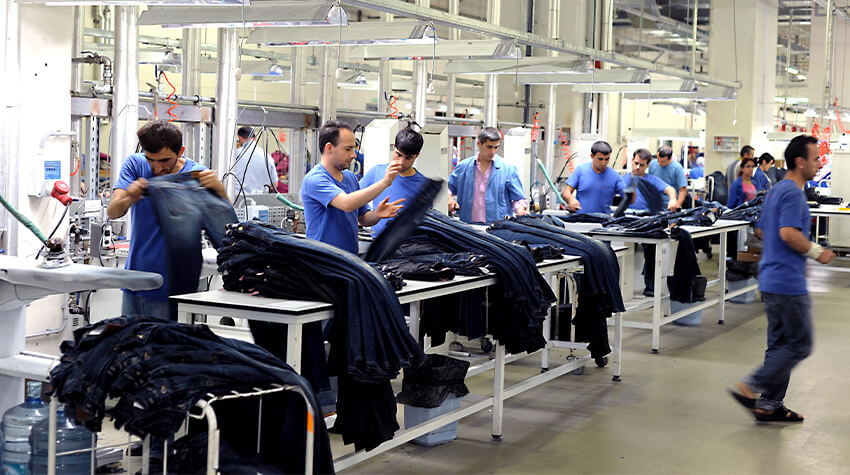The U.S. is home to one of the giant markets for clothing brands and apparel globally. The industry has broken all records with global apparel and retail footwear sales of $1.9 trillion, and it is expected to rise above $3 trillion by 2030.
However, you would be surprised to learn that 97% of the so-called American-made garments sold in the U.S. are manufactured elsewhere. This is because sewing factories have dramatically become scarce in the country, and consumers have grown addicted to cheap apparel assembled in countries such as China, Mexico, the Philippines, and Bangladesh.
L.L. Bean flaunts itself as a U.S. manufacturing facility, yet many products are manufactured in China. Similarly, Levi Strauss, an eminent name in the denim industry, has only a handful of products manufactured in the U.S. The rest of the "American" clothing line is manufactured in China, Bangladesh, Vietnam, to name a few.
So, whether or not you think manufacturing overseas is a good idea, there are three most essential components that you must beware of when manufacturing overseas:
1 Higher Shipping Rates & Delays
One of the significant hitches with manufacturing abroad is that shipping rates are often high in countries like China. Consequently, manufacturing is much more expensive compared to domestically. It significantly increases the costs both ways if you are importing the product.
These costs negate the financial advantage manufacturers expect to have with manufacturing overseas. Furthermore, it takes plenty of time for the goods to get back into the country, and you have to account for shipping times and country holidays, which can cause delays. For instance, the Chinese New Year is just around the corner and lasts for a month when factories completely shut down, causing product holds.
2 Language Barriers & Customer Service
Partnering with overseas manufacturers causes the problem of language and cultural barriers. It can pose challenges in negotiating contracts and pricing, respecting cultural differences, and understanding workflows. This barrier also generates difficulties with customer service. When your shipment goes wrong or your expectations are not met, it takes a while for you to communicate your grievances while your customers impatiently wait for the products to arrive.
Similarly, if a customer complains about delays or quality issues, you have no way of resolving their queries and the face of your brand suffers. Customers do not care about the manufacturing problems, and you are solely responsible for managing all the backlash.
3 No Means for Regulated Monitoring

A primary disadvantage of overseas manufacturing is that you cannot engage in in-person meetings to check quality issues. Without being physically present, there is no way to build relationships effectively. Furthermore, the arrival of the COVID-19 pandemic has made it far more difficult to travel. International travel is not as easy as it once was, and even if you somehow manage to travel, the airfares have significantly increased.
Lack of physical presence makes it nearly impossible to oversee the processes and ensure efficient working methods in the factory. As a result, you have no way to know whether the manufacturer is working according to your standards or is producing substandard products with below-the-par methods.
Conclusive Thoughts
That being said, it can be agreed that the mere fact that many big names are going for overseas manufacture doesn't make it wise. It's simply a quick fix at best to save money rather than a long-term strategy. Furthermore, continually shifting the manufacturing to countries with lower labor costs also affects the quality one way or another. So, you should weigh all the factors and consider all aspects of overseas manufacturing before you proceed with making your final decision.

